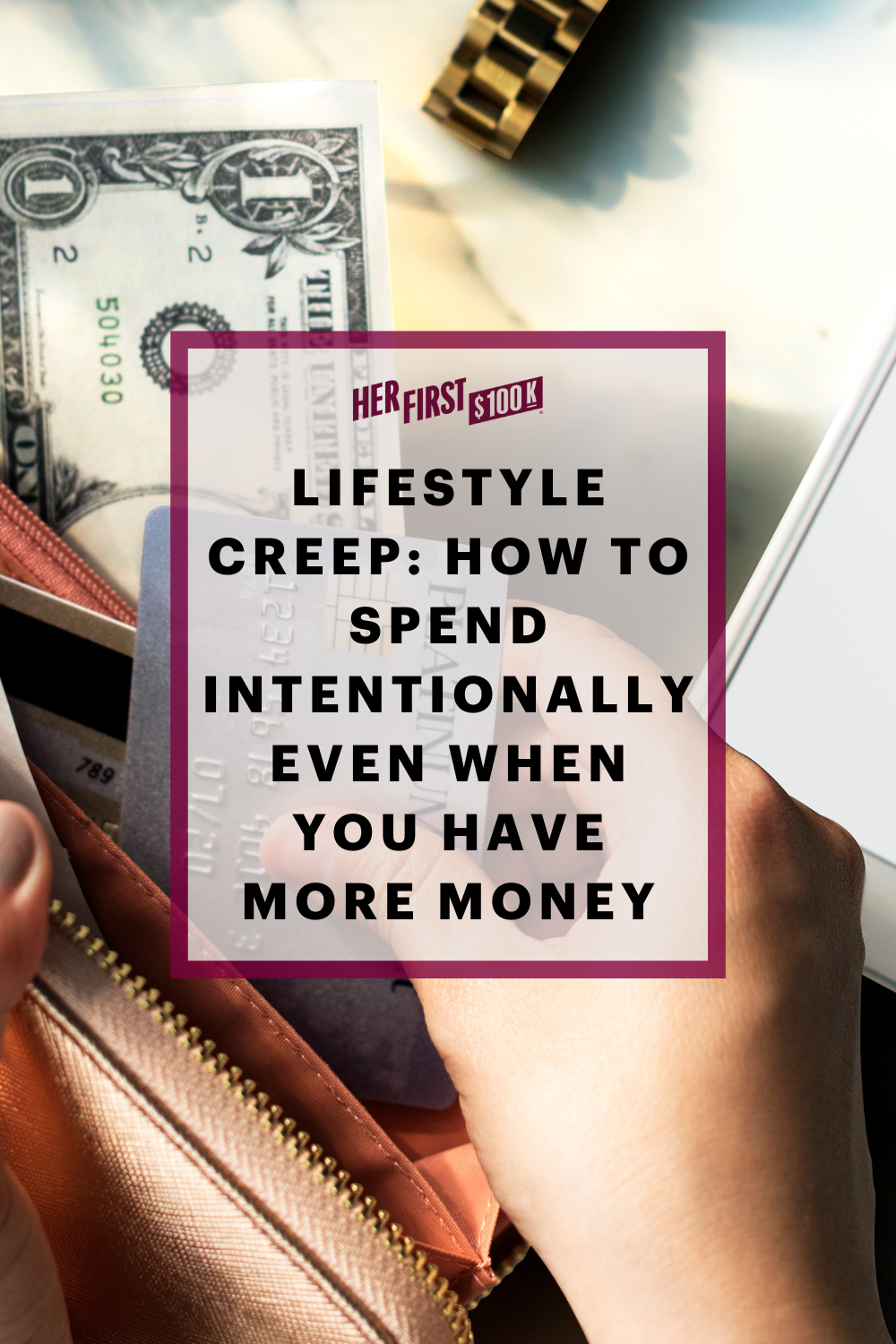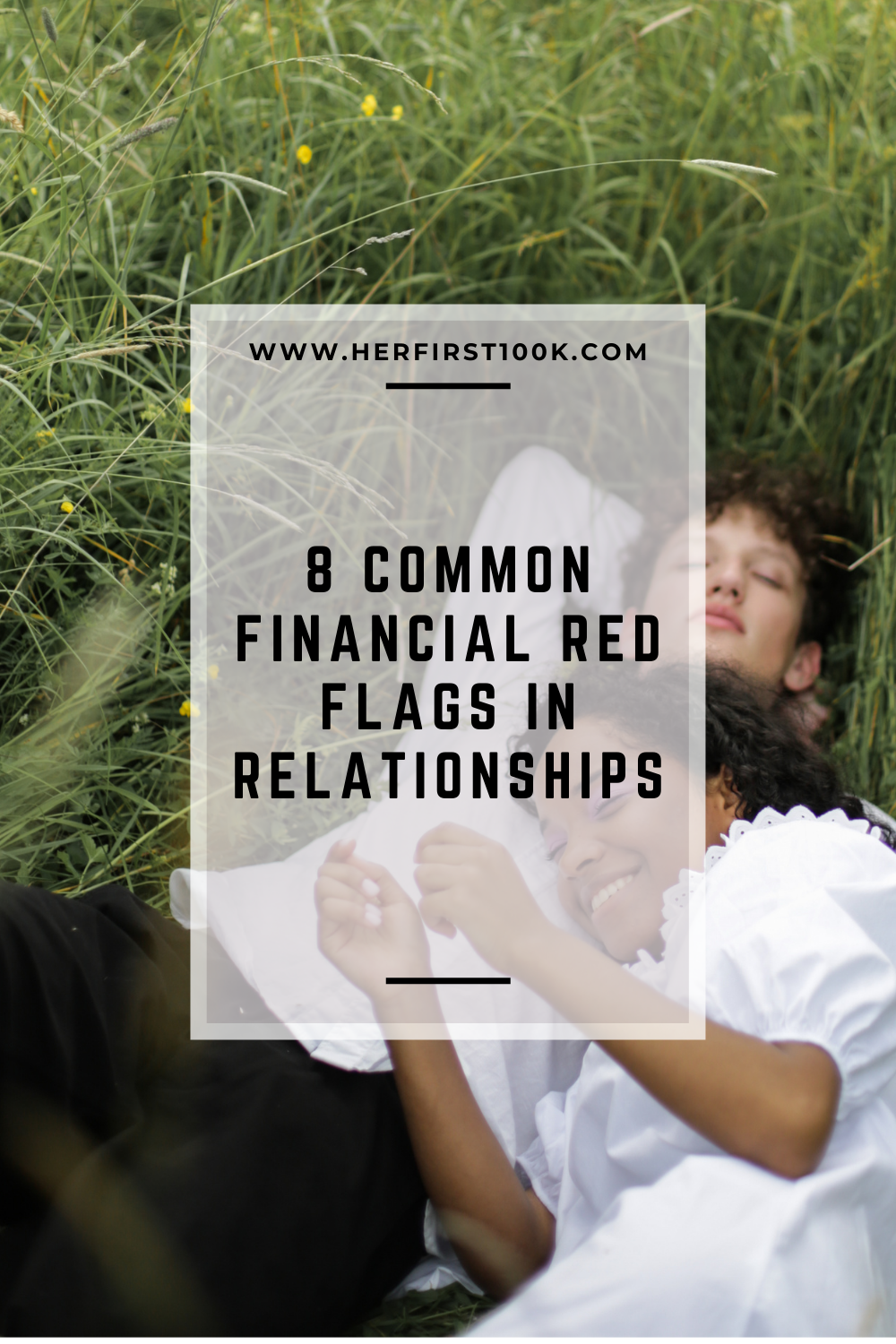The following article may contain affiliate links or sponsored content. This doesn’t cost you anything, and shopping or using our affiliate partners is a way to support our mission. I will never work with a brand or showcase a product that I don’t personally use or believe in.
Debt Payoff: the Best (and Worst) Advice
One of the most common questions I get from my followers is “HOW do I pay off debt?!” or “Should I even BE paying off debt?!?”. There’s great advice and equally awful advice out there from shaming and judgemental financial educators who are out of touch with modern financial issues that affect millennials and Gen-Z, specifically.
I’m running through a list of the common debt payoff advice and separating the good from the shaming B.S. to help you take better control of your finances and kick debt to the curb.
The statistics are staggering.
The average credit card balance per consumer at the start of 2024 was $6,730.
The student loan debt crisis has surpassed $1.7 trillion –– that’s $1,700,000,000,000 spelled out to give you an idea of just how insane that number is.
These statistics don’t even begin to touch mortgage debt, car loans, or private loans. In total, household debt has climbed to a massive $17.69 trillion in the United States.
Debt can have a devastating effect on anyone, but millennials, who came of age during the 2008 recession and housing crisis, were hit with a harder punch than most. With wages stagnating, the cost of living skyrocketing, and of course, the aforementioned student debt crisis, millennials tend to feel like they’ve been dealt shitty hand after shitty hand.
So let’s get down to it– here’s the best (and worst) advice when it comes to paying off debt.
A quick note: before paying off ANY debt, please put an emergency fund of 3 to 6 months’ worth of expenses into a High Yield Savings Account. The emergency fund precedes any extra debt payoff because you need to make sure you’re not dipping back into credit cards when emergencies come up.
What is a High Yield Savings Account you ask? Check out my blog post!
WORST: Don’t invest until you’re debt-free
This advice kills me. There’s a lot of nuance to the debt discussion and almost all blanket advice like this— which ends up prolonging the timeframe of individuals being able to pay their debt down.
With the rate of student loan debt climbing year after year (as of this article, the average student loan debt is $37,172 per person), this advice is especially heinous. I see so many Millennials and Gen-Z with no other debt but student debt that decide to forgo investing for retirement to try and pay off their student loans –– a process that can take decades.
Use this as a general rule of thumb: if your debt is over 7% interest, pay it off before investing. If the loan is under 7% interest, start investing while you’re paying it off.
The majority of student loans, both federal and private, fall under this 7% marker.
Why 7%? Even by the most conservative calculations, the stock market delivers an 8%-10% annual return on average and has done so for over 100 years. If your interest is 7% or lower, it’s growing at a slower rate than your investments.
The longer you put off investing, the more money you’re losing in the long run. The years you put off investing are hard to make up for because of the power of time and compound interest.
BTW – if you’re a new investor or just looking for a community to join as you begin your investing journey, you should enroll in Stock Market School. It’s a one-of-a-kind, non-judgmental community where you can learn exactly how to invest and build wealth. Learn more here.
BEST: Make a plan for your debt
The worst way to handle debt? Ignoring it.
When you’re deep into the muck and the mud of paying off debt, the best thing you can do for yourself is get really honest and transparent with your finances. This is where your monthly Money Date and solid budget come into play.
A Money Date is a date between you and your finances. It’s a chance to get real cozy with your money, and it’s a practice you’ll utilize well after you’ve paid off your last debt. I have a short, 15-minute episode of the Financial Feminist podcast that walks you through how to have one.
Feel free to listen real quick and come back. I’ll wait!
Listen to Episode 11: Financial Self Care
[ Listen on Apple or Spotify ]
Wasn’t that episode great (no bias here whatsoever ;))? Ok, back to debt…
The first time you write up all of your debts and monthly spending will probably not be a pleasant experience. However, a strange sort of peace comes over you after you finally know exactly how much work you’ll need to do. Eventually, you’ll begin to look forward to your Money Dates as each one helps you inch closer and closer to the light at the end of the tunnel.
Here’s a quick breakdown of my preferred debt handling method, the Debt Avalanche:
-
Write down all of your debts, listing them from highest interest rates to lowest, and how much the minimum payment is on each.
-
Calculate your total minimum payments to give you an idea of how much you need to pay every month to keep current.
-
Start paying extra on the credit line with the highest interest rate. Keep paying the minimums on the rest. This process works best when you focus on one bill at a time.
-
Once you’ve paid off the debt with the highest interest rate, move down the list to the next one and start paying whatever extra you can towards it each month.
Start where you’re at –– you’ll be amazed how fast that debt will start disappearing even with just an extra $15 – $20 a month.
Want step-by-step guidance on creating a sustainable debt-payoff plan? Inside The $100K Club, you’ll get the tools, support, and expert-backed strategies to pay off your debt, improve your relationship with credit, and finally let go of the shame that’s been holding you back. Join us to get the financial education and community you need to take confident action—one aligned money move at a time.
WORST: Just stop buying X!
If it was only as easy as skipping a few lattes…
Between articles blaming avocado toast for the lack of Millennials buying houses, or D*ve R*msey outright saying “if you’re in debt, you should never see the inside of a restaurant,” debt payoff advice has turned into the worst kind of shame-based deprivation mindset that does more harm than good.
There will absolutely be moments when you’ll recognize that maybe you are spending too much on coffee, clothing, cable, or whatever. But this all-or-nothing mindset about the small things in life that bring you joy? I’m not here for it.
It is possible to both cut back on extras you don’t need and not be completely miserable at the same time (I know, crazy, right?). What you need to do instead is figure out what really matters to you and create a values-based spending plan.
BEST: Spend according to your values
So now that we’ve covered the whole bullshit spending shame culture around budgets, how do you make sure you’re not a miserable shell of a person while still paying off debt?
Introducing values-based spending!
Values-based spending is exactly what it sounds like –– you spend money on what you love and what brings you joy, and stop spending on the things that you don’t actually give a shit about.
I’ve given this example before, but I love spending on good food, travel, and nesting, aka making my house look really nice and cozy. You literally cannot stop me from spending money on my plants or a nice dinner with a friend. It won’t happen.
What I don’t like to spend money on? Clothing. So when it comes to building a budget around my values, I’m not going to have a $500/month budget for the newest fashions. I will, however, drop some serious cash at the local plant nursery.
When you sit down for your Money Date, really dive into your expenses and see what categories stick out to you as your biggest expenditures. I generally recommend three core values-based spending categories to start.
The idea is to not rob yourself of living life while getting your financial future together –– instead, control what you can and will spend money on— and make sure those are the things you genuinely love and appreciate.
BEST: Make it work for you
No matter what advice you choose to follow, I hope you hear this: do what works well for you. Paying off debt can be exhausting and thrilling all at the same time. I encourage you to find a way to make this process personal and fun.
If you’re a visual learner, find or create your own debt payment charts to keep track of the wins as you go. If you love celebrating, set a goal or milestone and take yourself out for a drink or special treat once you hit it.
You got this. And I’ve got your back with some great resources to help you finally kiss your debt goodbye.
Podcast Episodes:
Practicing Financial Self-Care



